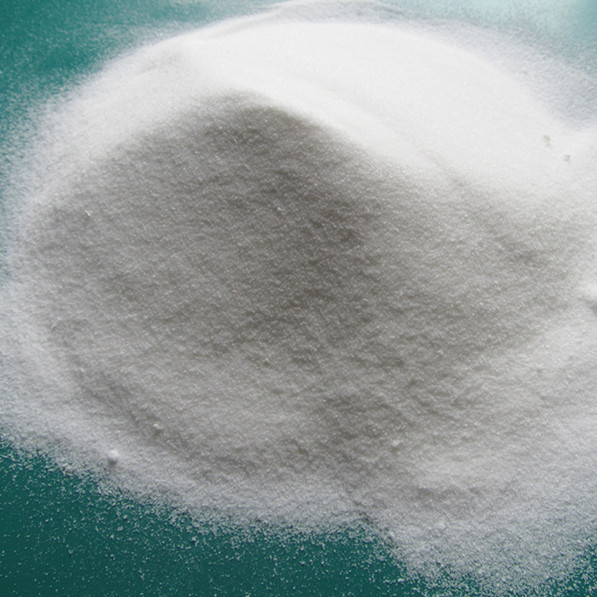
Nov . 14, 2024 04:02 Back to list
manufacturing npk fertilizer
Understanding the Manufacturing of NPK Fertilizers An Essential Component for Modern Agriculture
NPK fertilizers, which comprise Nitrogen (N), Phosphorus (P), and Potassium (K), have become indispensable in modern agriculture. These three nutrients are vital for plant growth and contribute significantly to soil fertility. The manufacturing process of NPK fertilizers involves several complex steps, and it is critical for ensuring the efficiency and effectiveness of these products in farming practices.
Raw Material Sourcing and Preparation
The first step in the manufacturing of NPK fertilizers is the sourcing of raw materials. The production process primarily uses ammonium sulfate, potassium chloride, phosphoric acid, and urea as the main ingredients. Each material serves a specific purpose nitrogen supports leafy growth, phosphorus aids in root development and flowering, and potassium is essential for overall plant health and disease resistance.
Once the raw materials are sourced, they undergo a thorough preparation process. This often includes drying, grinding, and screening to ensure a uniform particle size. The consistency of particle size plays a crucial role in the effectiveness of the fertilizer during application as well as its storage stability.
Blending and Chemical Processes
The next step in the manufacturing of NPK fertilizers is blending the raw materials into a homogenous mixture. This process can be performed in several ways, but it most commonly involves the use of chemical reactors for a more controlled environment. In some cases, the mixing is done dry, where the powders of the raw materials are combined together. In other cases, it may involve a wet process where the components react chemically to form granules.
During this blending process, manufacturers must adhere to specific formulations that dictate the exact ratio of N, P, and K. Common NPK formulations include 10-10-10, 14-14-14, and 20-20-20, among others. The choice of formulation depends on the crop requirements, soil nutrient levels, and environmental conditions.
Granulation
After blending, the next crucial phase in NPK fertilizer manufacturing is granulation. This involves forming small granules from the powdered mixture. Granulation can be achieved through processes such as pelletizing or extrusion. The goal is to create particles that are easy to handle, apply, and dissolve in soil. Effective granulation ensures that the nutrients are released gradually, providing a steady supply of NPK to plants over time.
manufacturing npk fertilizer

Granulation is often followed by drying to remove excess moisture and enhance the stability and shelf life of the product. Proper drying techniques are essential, as excessive moisture can lead to caking and spoilage.
Coating and Quality Control
To enhance the efficiency of NPK fertilizers further, some manufacturers apply a coating on the granules. This coating can help control the release rate of nutrients, making them available to plants as needed. Controlled-release fertilizers are particularly beneficial in modern agriculture, where precision farming techniques are gaining traction.
Quality control is a vital aspect of the manufacturing process. Throughout production, samples are taken at various stages to test for nutrient content, particle size, and purity. Ensuring that NPK fertilizers meet industry standards is crucial to provide farmers with effective products that contribute to sustainable agriculture.
Packaging and Distribution
Once the NPK fertilizers are produced and tested, they are packaged for distribution. Packaging must protect the product from moisture and environmental factors while also providing information on nutrient ratios, application rates, and safety instructions. Proper labeling is essential for ensuring that farmers can apply the fertilizers correctly and safely.
After packaging, NPK fertilizers are distributed to agricultural retailers and directly to farms. With the increasing global demand for food production, the role of NPK fertilizers in enhancing crop yields cannot be understated.
Conclusion
The manufacturing of NPK fertilizers is a critical process that supports agricultural productivity and sustainability. As farmers face the challenges of feeding a growing population while managing environmental concerns, understanding the intricacies of fertilizer production becomes essential. Continuous advancements in manufacturing technologies, formulations, and application methods will play a vital role in meeting future agricultural demands and ensuring food security worldwide.
-
10-10-10 Organic Fertilizer - Balanced NPK Formula
NewsAug.02,2025
-
Premium Organic Manure Compost for Eco Gardens
NewsAug.01,2025
-
Organic 10-10-10 Fertilizer | Balanced Plant Nutrients
NewsJul.31,2025
-
Premium Amino Acid Fertilizer | Rapid Plant Growth Booster
NewsJul.31,2025
-
10 10 10 Fertilizer Organic—Balanced NPK for All Plants
NewsJul.30,2025
-
Premium 10 10 10 Fertilizer Organic for Balanced Plant Growth
NewsJul.29,2025
